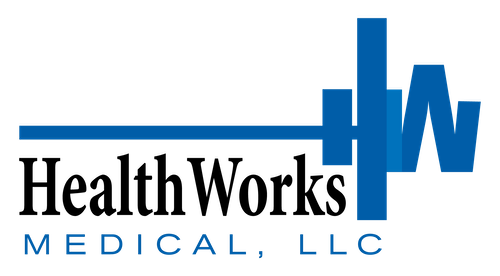
By: Patrick Howell, CEO
Wearables are no longer just fitness trackers—they’re becoming powerful tools in workplace health. From monitoring stress to detecting early signs of injury, wearable technology is helping employers create safer, smarter environments for their teams. In this month’s newsletter, I’ll break down what we’re learning and how your business can benefit.
_______________________________________________________________________________________________________________________________________________
What I’m Going to Teach You
- How wearable data is being used to improve occupational health.
- Examples of real-world success stories.
- Tips on integrating wearables into your workplace strategy.
Why It Matters to You
Employee health isn’t just about annual physicals anymore. With access to real-time data, employers can predict risks, enhance wellness programs, and cut costs by preventing issues before they happen.
Why Most Employers Miss the Opportunity
- They assume wearables are only for fitness tracking.
- They overlook the potential to integrate wearable data into safety, productivity, and mental health strategies.
- They fail to educate employees on how to use the devices—and why they matter.
_______________________________________________________________________________________________________________________________________________
The Wearables Playbook
Detect Fatigue Early
Smart wearables can track heart rate variability and sleep cycles to identify fatigue—often before the employee even feels it. This can help prevent accidents in high-risk jobs.
Monitor Movement and Posture
Devices can alert employees (and safety managers) to poor posture, repetitive strain risks, or unsafe lifting habits. Think of it as a real-time ergonomic coach.
Track Stress and Mental Health Indicators
Wearables that measure heart rate and skin temperature can indicate spikes in stress. This provides an opportunity for early intervention and employee support.
Encourage Activity & Wellness
Gamifying daily step counts or movement challenges can boost morale and reduce sedentary behavior—leading to healthier, more engaged employees.
Use the Data to Make Better Decisions
Aggregate data (not individual identifiers) can reveal trends in workforce health, helping you allocate resources, adjust policies, and predict future risk areas.
_______________________________________________________________________________________________________________________________________________
Takeaways
- Wearables are a low-cost, high-impact tool for workplace health.
- Data from wearables can inform decisions about injury prevention, wellness, and productivity.
- The future of occupational health is proactive—and real-time data is the key.
My Challenge to You
Explore one way to pilot wearable tech in your workplace this quarter. Start small—perhaps with a team challenge or fatigue monitoring in a high-risk role. Not sure where to begin? We’re happy to help you think through your options.
